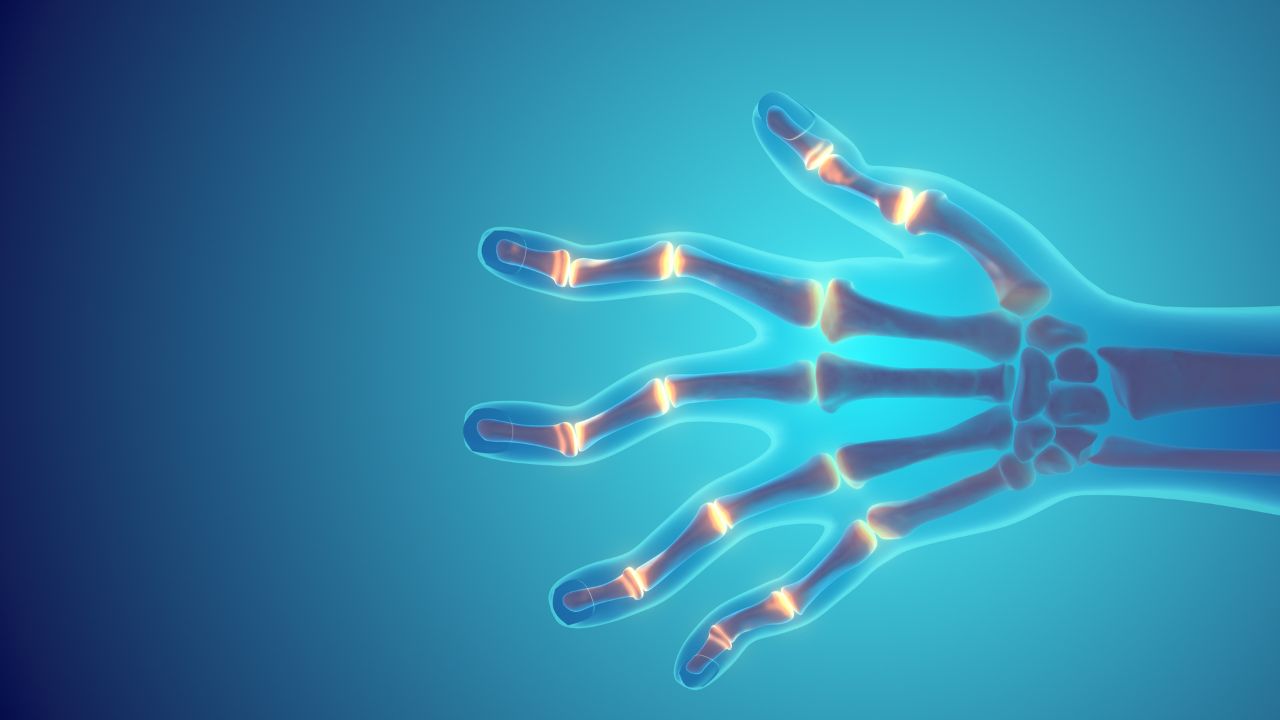
Understanding Arthritis Pain
Arthritis is a common condition that affects millions of people worldwide, causing pain, stiffness, and inflammation in the joints. While there is no cure for arthritis, there are ways to manage the symptoms and improve overall quality of life. One of the most effective methods for managing arthritis pain is through regular exercise and physical activity.
Many people with arthritis may be hesitant to exercise, fearing that it will exacerbate their pain or cause further damage to their joints. However, research has shown that exercise can actually help reduce arthritis pain, improve joint mobility, and increase overall strength and flexibility.
The Benefits of Exercise for Arthritis Pain Management
Regular exercise has numerous benefits for people with arthritis, including:
1. Reducing pain and inflammation: Exercise helps to increase blood flow to the joints, which can reduce inflammation and pain. It also releases endorphins, the body's natural pain relievers, which can help to alleviate discomfort.
2. Improving joint mobility: Gentle exercises that focus on range of motion can help to improve joint mobility and flexibility, making it easier to perform daily activities.
3. Increasing muscle strength: Strength training exercises can help to build muscle around the joints, providing greater support and stability.
4. Maintaining a healthy weight: Excess weight can put additional stress on the joints, exacerbating arthritis pain. Exercise can help to maintain a healthy weight, reducing the load on the joints.
Low-Impact Exercises for Arthritis Pain Management
When it comes to exercising with arthritis, it's important to choose low-impact activities that won't put excessive stress on the joints. Some excellent options include:
1. Walking: Walking is a simple, low-impact exercise that can be done almost anywhere. Start with short walks and gradually increase the duration and intensity as your fitness level improves.
2. Swimming or water aerobics: Exercising in water is an excellent option for people with arthritis, as the buoyancy of the water helps to support the body and reduce stress on the joints.
3. Cycling: Cycling, either on a stationary bike or outdoors, is another low-impact option that can help to improve cardiovascular fitness and strengthen the leg muscles.
4. Yoga or tai chi: These gentle, flowing exercises can help to improve flexibility, balance, and muscle strength, while also reducing stress and promoting relaxation.
Strength Training for Arthritis Pain Management
In addition to low-impact aerobic exercises, strength training is an important component of an arthritis pain management plan. Strengthening the muscles around the joints can help to provide greater support and stability, reducing pain and improving function.
When starting a strength training program, it's important to work with a qualified fitness professional who can provide guidance on proper form and technique. Begin with light weights or resistance bands, and gradually increase the resistance as your strength improves.
Tips for Exercising with Arthritis
To get the most benefit from exercise and minimize the risk of injury, keep these tips in mind:
1. Start slowly and gradually increase intensity: If you're new to exercise or haven't been active in a while, start with short, low-intensity sessions and gradually build up over time.
2. Listen to your body: If an exercise causes pain or discomfort, stop and try something else. Pain is your body's way of telling you that something isn't right.
3. Stay consistent: To see the benefits of exercise, it's important to make it a regular part of your routine. Aim for at least 30 minutes of moderate-intensity exercise most days of the week.
4. Stay hydrated: Drink plenty of water before, during, and after exercise to help keep your joints lubricated and prevent dehydration.
5. Use proper form and technique: When strength training, use proper form and technique to avoid injury and get the most benefit from each exercise.
The Bottom Line
Exercise is a powerful tool for managing arthritis pain and improving overall quality of life. By incorporating low-impact aerobic exercises and strength training into your routine, you can reduce pain and inflammation, improve joint mobility, and increase muscle strength. Remember to start slowly, listen to your body, and stay consistent to see the best results. With the right approach, exercise can be an effective way to take control of your arthritis and live a healthier, more active life.
 Mobility trainingHome Fitness RecoverySports Injury PreventionPersonal Physical TherapyOrthopedic SolutionsPrivacy PolicyTerms And Conditions
Mobility trainingHome Fitness RecoverySports Injury PreventionPersonal Physical TherapyOrthopedic SolutionsPrivacy PolicyTerms And Conditions
